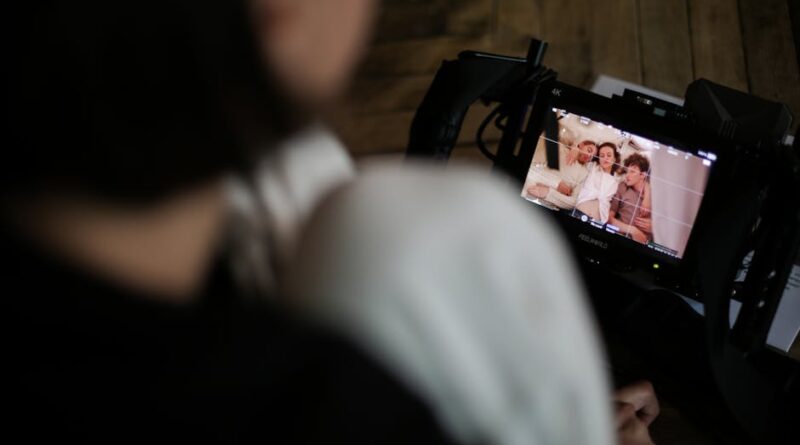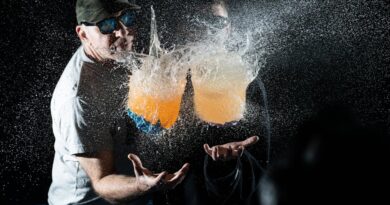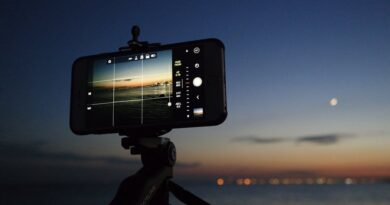In-Depth Review: Camera Monitors for Filmmakers
Have you ever found yourself squinting at a tiny camera screen, trying to figure out if your shot is in focus? If you’re a filmmaker, a good camera monitor can change everything. Lets dive into why these tools matter and how to choose the right one for your filming needs.
What is a Camera Monitor?
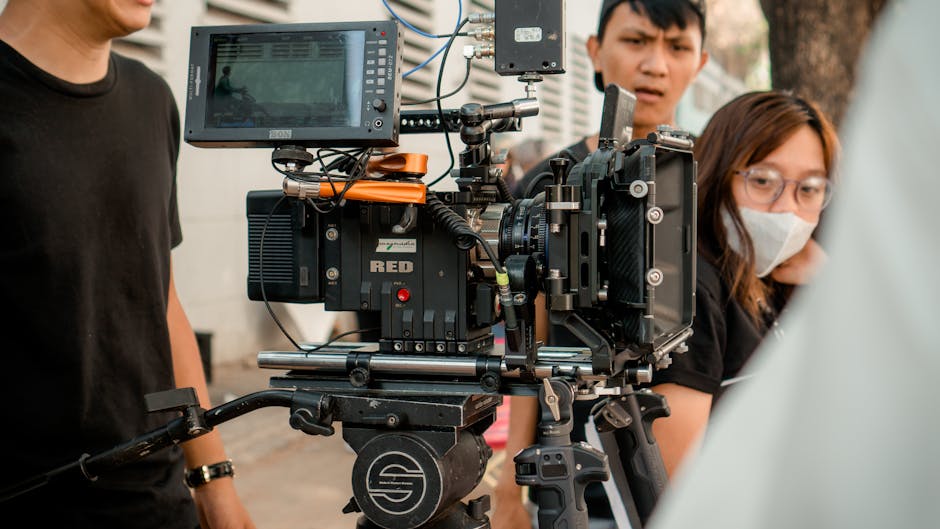
A camera monitor is a larger screen that connects to your camera. It helps you see your shot more clearly and gives you more control over the picture quality. Think of it as a TV for your camera. It displays what your camera sees, allowing you to frame your shots with precision.
Why Do Filmmakers Need Camera Monitors?
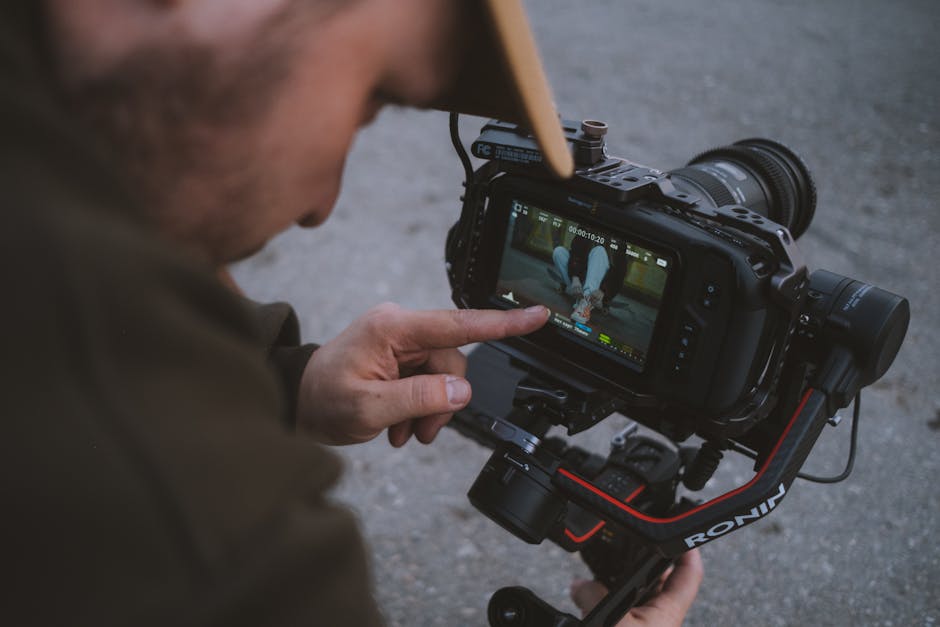
Many filmmakers rely on camera monitors for several reasons:
- Better visibility: Larger screens make it easier to see details.
- Color accuracy: High-quality monitors show colors more accurately.
- Focus assistance: Features like zoom can help ensure your shots are sharp.
- Collaboration: Multiple people can view the shot at once.
Imagine trying to shoot a dramatic scene. You need to see every expression on your actors’ faces. A good monitor gives you that clarity.
What to Look for in a Camera Monitor?

Choosing the right monitor can be overwhelming. Here are some key features to consider:
1. Screen Size
Screen size can make a big difference. Typical sizes range from 5 to 17 inches. A larger screen can display more detail but may be less portable. Think about your shooting environment. Will you be moving around a lot? A smaller monitor might be better.
2. Resolution
Resolution refers to how many pixels the screen displays. More pixels usually mean a clearer image. Look for monitors with at least Full HD (1920 x 1080). For high-end projects, consider 4K monitors. They provide stunning clarity and detail.
3. Color Accuracy
Color accuracy is crucial in filmmaking. You want your images to look true to life. Check if the monitor covers wide color gamuts like sRGB or Adobe RGB. This will ensure your colors are vibrant and realistic.
4. Connectivity Options
Different cameras have different outputs. Make sure the monitor has the right connections for your gear. Common connections include HDMI, SDI, and USB-C. Having multiple options can save you headaches on set.
How Does a Camera Monitor Improve Your Workflow?
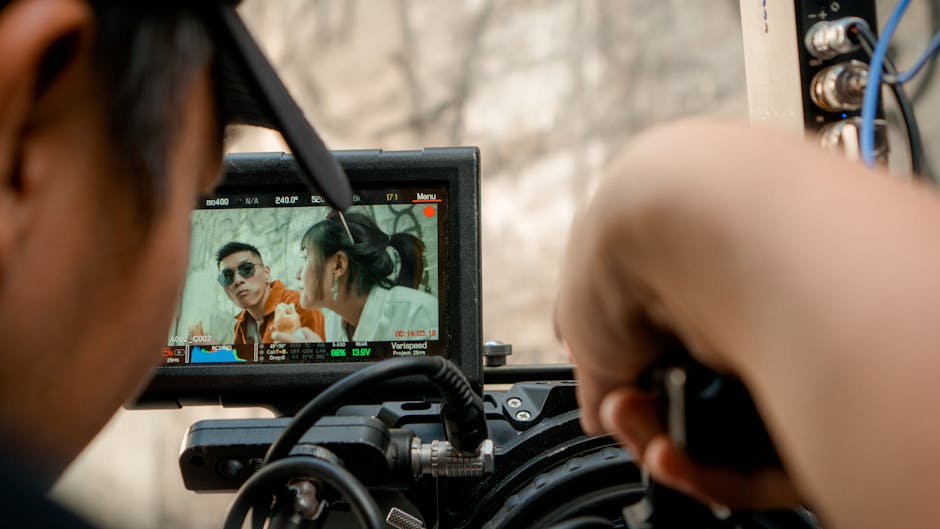
A good camera monitor can streamline your filming process. Heres how:
- Faster Focus: Use focus peaking features to quickly identify sharp areas.
- Easy Framing: Grid overlays help in composing your shots.
- Playback Features: Review shots in real-time without switching back to your camera.
By reducing the time spent checking focus or composition, you can stay in the creative flow and get the shots you need.
What Are the Top Camera Monitors on the Market?
Lets take a look at some popular options:
- Atomos Ninja V: Great for 4K recording and has a 5-inch screen. Perfect for on-the-go filmmakers.
- SmallHD Focus 7: Offers a 7-inch screen with touch functionality. Excellent for detailed work.
- Feelworld FW568: An affordable option with good color accuracy and a 5.5-inch screen.
- Blackmagic Video Assist: A versatile choice that supports 4K recording and monitoring.
Each of these monitors has unique features that cater to different filmmaking needs. Think about what fits your style and budget.
What Expert Advice Can Help You Choose?
Industry professionals often recommend testing out monitors before purchasing. This way, you can see which one feels right in your hands and matches your workflow.
As cinematographer Jane Smith says, don’t just look at the specs; feel how the monitor works for you in real time. This hands-on approach ensures you invest in a tool that fits your style.
Common Misconceptions About Camera Monitors
Many people believe that a camera monitor is just a luxury item. But is that true? Here are some myths:
- Myth 1: I don’t need a monitor; my camera screen is enough.
- Myth 2: All monitors are the same.
- Myth 3: Monitors are too expensive for beginners.
In reality, a good camera monitor can elevate your work, regardless of your experience level. It can make the difference between a mediocre shot and a stunning one.
How Do You Set Up a Camera Monitor?
Setting up a camera monitor is usually straightforward:
- Connect the monitor to your camera using the appropriate cable.
- Power on the monitor and select the correct input source.
- Adjust the settings for brightness, contrast, and color balance.
For a simple setup, many monitors come with built-in batteries. This can be a lifesaver for outdoor shoots.
Final Thoughts: Choosing the Right Monitor for You
Investing in a camera monitor can take your filmmaking to the next level. Whether you’re a novice or a pro, the right monitor will help you create stunning visuals.
Remember to consider factors like size, resolution, and color accuracy. don’t be afraid to test different options until you find what feels right.
In the end, a camera monitor is more than just a screen. it’s a tool that helps you tell your story. So, take your time and make a choice that enhances your creative journey.
For more tips on filmmaking gear, check out our article on best lenses for filmmakers.
Are you ready to upgrade your filmmaking game? Start exploring camera monitors today!
For more insights and expert opinions, visit Digital Trends.
